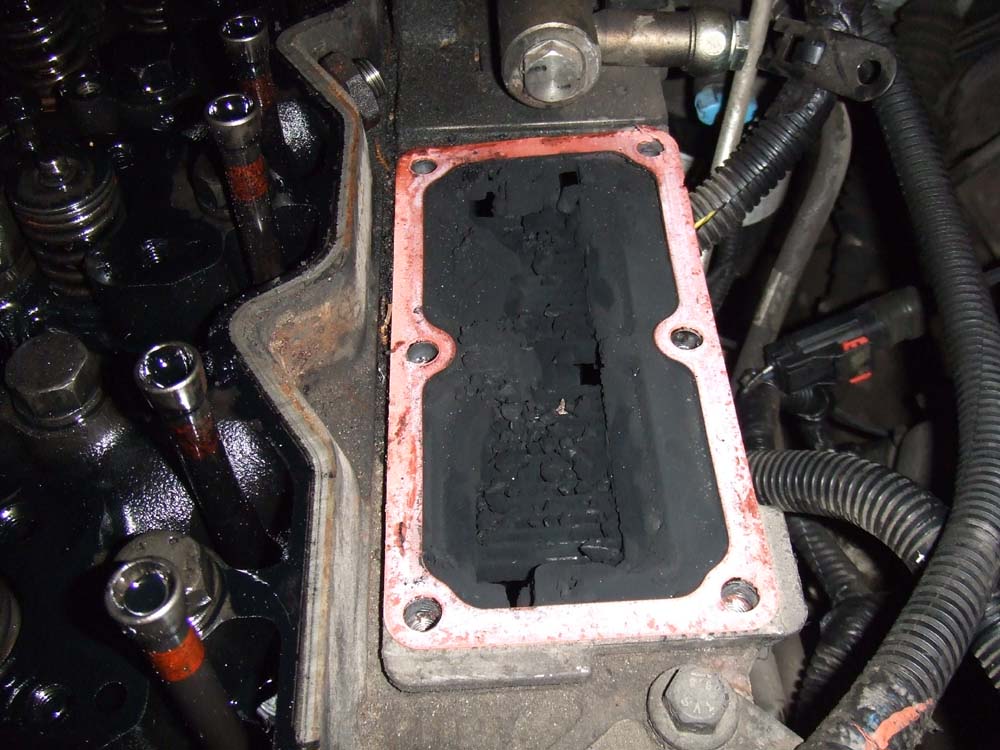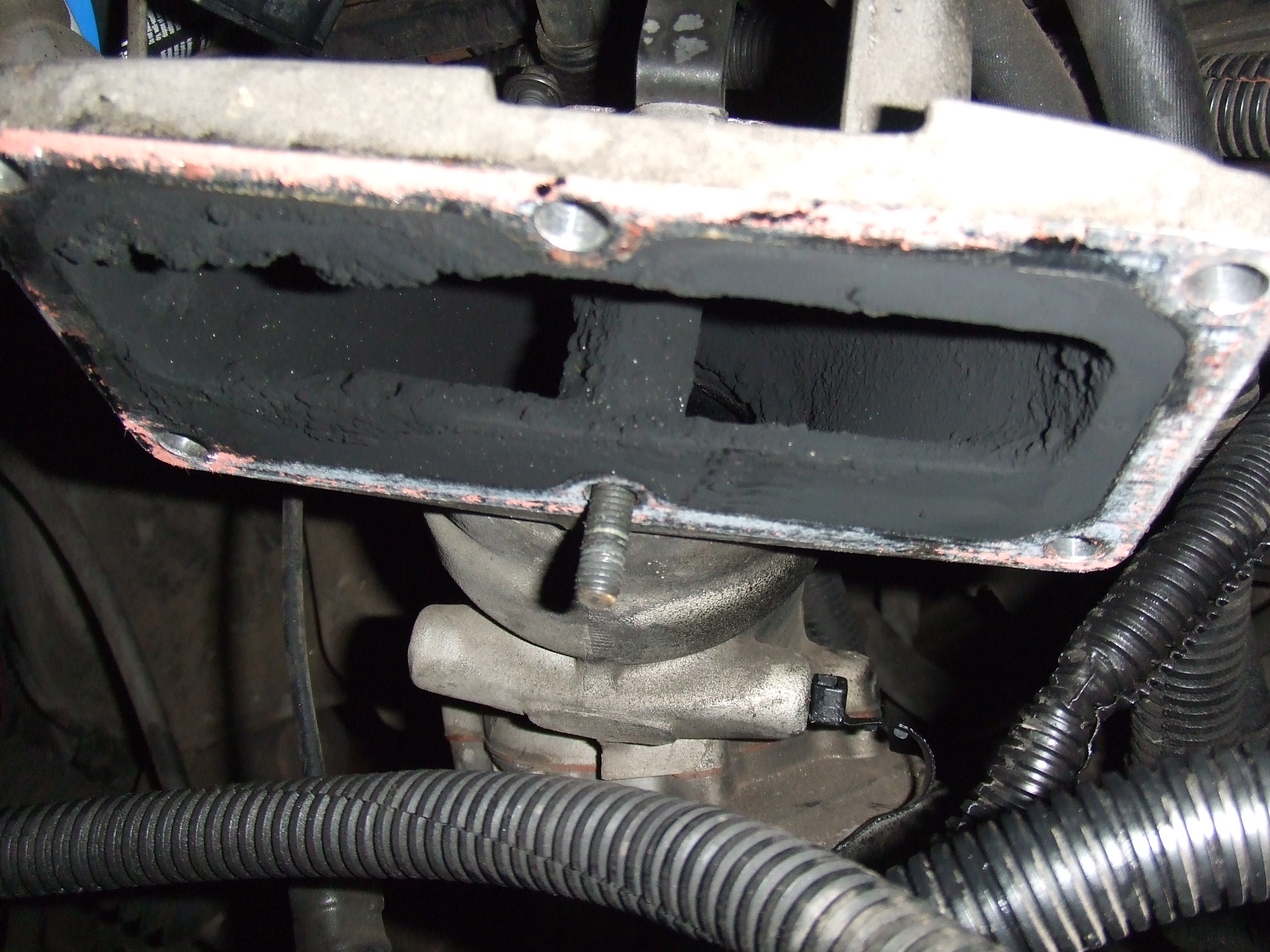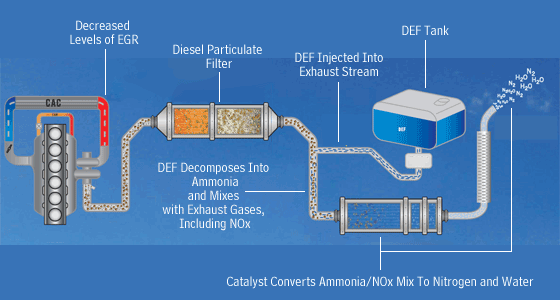- Joined
- Apr 16, 2005
- Location
- Sharon, SC
Jasper is offended
By being portrayed as a snowflake
Jasper is offended
You came to SC in the Ferd and didn't tell me? Some supper secret wheleing or something? I'm offended....2 weekends in a row with the ol' deleted truck doing work. Towed the Ranger back and forth to SC last weekend and towed our camper back and forth to Kings Mountain State Park this weekend. Hand calculated that tank of fuel at 14.3
No too shabby.
Bonus for towing somewhere that sells Diet Cherry Sundrop. I pulled some Smokey and the Bandit action coming back up 74 today
You came to SC in the Ferd and didn't tell me? Some supper secret wheleing or something? I'm offended....

Good that makes me feel a warm and fuzzy. I'm old we don't internet and read well.....Yup. Back in March if you'll read the post, newb.
My buddy's super secret private land near the state line.
Not sure it's a matter of worth it or not. But if you want your truck to look like this then by all means keep your junk stock.


What year of truck is that from, how many miles, how was it driven, tow any? The newer EGR systems are much cleaner compared to the 2008 to 2012 EGR systems.
Somehow this thread has made it past me until tonight. Jody, I'm glad to hear your friend is having good results from the tuning that his friend did.
I hate to do it but I've gotta say a few things about the misinformation on this thread. I'm not a certified mechanic, but I've been inside more 5.9 and 6.7 Cummins Engines than most high ranking politicians have been inside interns. I can't say what other people have experienced, but I can say what I have experienced. I know a few people that have tuned and dieted (as in weight loss) trucks, and every one I've spoken to has gained at least 2 mpg. Hand calculated.
The EGR valve for a 2007.5-2018 6.7 Cummins has the same part number, and the cooler is the same from 2008 until 2018. So how they are cleaner? I'm not trying to pick on you or cause trouble. I just want to point out some facts. I've seen trucks with 150k miles that looked like that, I've seen trucks with 200k miles that didn't. There's a lot of factors that can cause the EGR to clog up. And the year doesn't matter. EGR is EGR.
So what is the main cause? Lugging them and not clearing them out? Lack of maintenance? I believe you, I just want details.
Somehow this thread has made it past me until tonight. Jody, I'm glad to hear your friend is having good results from the tuning that his friend did.
I hate to do it but I've gotta say a few things about the misinformation on this thread. I'm not a certified mechanic, but I've been inside more 5.9 and 6.7 Cummins Engines than most high ranking politicians have been inside interns. I can't say what other people have experienced, but I can say what I have experienced. I know a few people that have tuned and dieted (as in weight loss) trucks, and every one I've spoken to has gained at least 2 mpg. Hand calculated.
The EGR valve for a 2007.5-2018 6.7 Cummins has the same part number, and the cooler is the same from 2008 until 2018. So how they are cleaner? I'm not trying to pick on you or cause trouble. I just want to point out some facts. I've seen trucks with 150k miles that looked like that, I've seen trucks with 200k miles that didn't. There's a lot of factors that can cause the EGR to clog up. And the year doesn't matter. EGR is EGR.
DEF was used to meet the next standard of NOx emissions, which was reduced to between 50% and 10% of the standard met on 1/1/2007, depending on the year of the truck. The trucks running EGR and DPF could not meet the new standard and had to utilize EGR, DEF and SCR to further reduce the NOx emissions. So whats coming out of the tail pipe is cleaner but I've not seen any reduction in how clean the EGR is.The 2013 to 2018 all have DEF to reduce NOx so they physically pass less egr to the intake.
DEF was used to meet the next standard of NOx emissions, which was reduced to between 50% and 10% of the standard met on 1/1/2007, depending on the year of the truck. The trucks running EGR and DPF could not meet the new standard and had to utilize EGR, DEF and SCR to further reduce the NOx emissions. So whats coming out of the tail pipe is cleaner but I've not seen any reduction in how clean the EGR is.
Sent from my SM-N976V using Tapatalk
Umm dude.Not going to argue. Use of DEF is known to reduce the amount of egr used.
Can't you read? He's not going to argue.Umm dude.
I think you are getting confused.
DEF isnt injected until after the EGR circuit...

Umm dude.
I think you are getting confused.
DEF isnt injected until after the EGR circuit...


I think you are the one confused. DEF is used to reduce NOx, the NOx is read post SCR. Depending on the amount of NOx read post SCR the engine adds or removes EGR to reduce it below the required standard. So yes post def trucks use less EGR than pre def trucks.
I dont *think* Im confused. Its possible sure.
But I even drew you a picture direct from Dodge on the Cummins exhaust circuit.
You do have some nomenclature errors though.
EGR is Exhaust Gas Recirculation - So you dont "use" more or less EGR. To use would be to consume. EGR is a strategy that is never consumed.
The EGR valve opens and closes to divert more or less exhuast gas back through the intake channel to be "re-burned" in combustion.
That said DEF or Diesel Exhaust Fluid isnt injected ever until well down stream of the EGR circuit.
And your last statement is only partially correct. EGR is primarily used to reduce NOx.
DPF (Diesel Particulate Filters) are used to reduce PM (particulate matter) and DEF is used (primarily) to reduce SOx.
Now all three have some benefits to the other systems. But those 3 independent strategies are best at those 3 emission targets.
I'm not saying you are "wrong" and I'm not trying to argue. Im just explaining how the system works for the benefit of other readers.
See its pretty interesting how all this came to be. There is this whole bit of EPA legislation.
Specifically
NESHAP RICE 40 CFR part 63 subpart zzzz and
NSPS CI ICE 40 CFR part 60 subpart IIII
See those brought about all this technology to stationary engines as well as on highway engines. It was game changing back in 2004. So as a result Cummins took market leaders from 10 key market segments and took them Indianapolis and trained them and then those guys spent the next 18 months going around to all the Cummins dealers and training their people.
I'd be glad to go to a theoretical level with you, or an application level if you'd like and explain why the strategies are actually and how they work, and what fuel and air programming strategies are altered on a factory tune in order to incorporate it.
But in short if you will just look at where the DEF is injected in the above diagram I think you understand what Im saying.
Now it is possible, maybe, that you got confused and got your alphabet soup backwards. Because when combining the two topologies, you do use less DEF if you have a proper functioning EGR maybe thats what you meant?
... This leans out the combustion mixture and cools it down wish also reduces NOx formation.
I agree.. but only because I've seen a melted piston from being too lean. And further research stated that. Was a while back though...I'm here for some education, openmindedly at that. But in all my years of being an auto tech, I was taught the exact opposite of the following statement
A lean mixture increases combustion chamber temps, which in turn would increase NOX levels. Am I correct?
I'm here for some education, openmindedly at that. But in all my years of being an auto tech, I was taught the exact opposite of the following statement
A lean mixture increases combustion chamber temps, which in turn would increase NOX levels. Am I correct?
This should be a really good weekend of shit talkin and ball bustinCan all yall please come Saturday night and argue this out at the camp fire!!!!!????? That would be some entertainment for sure!

